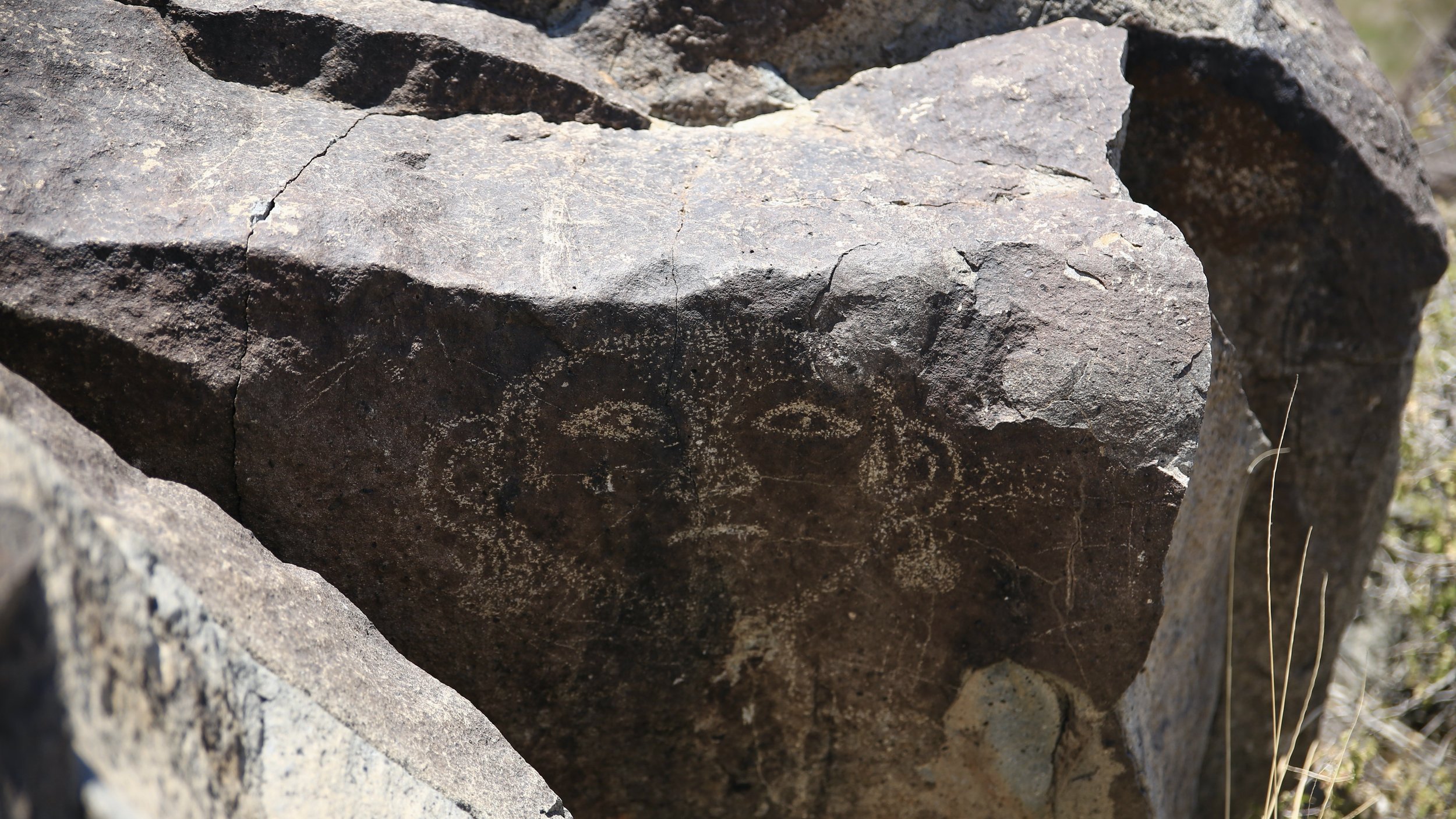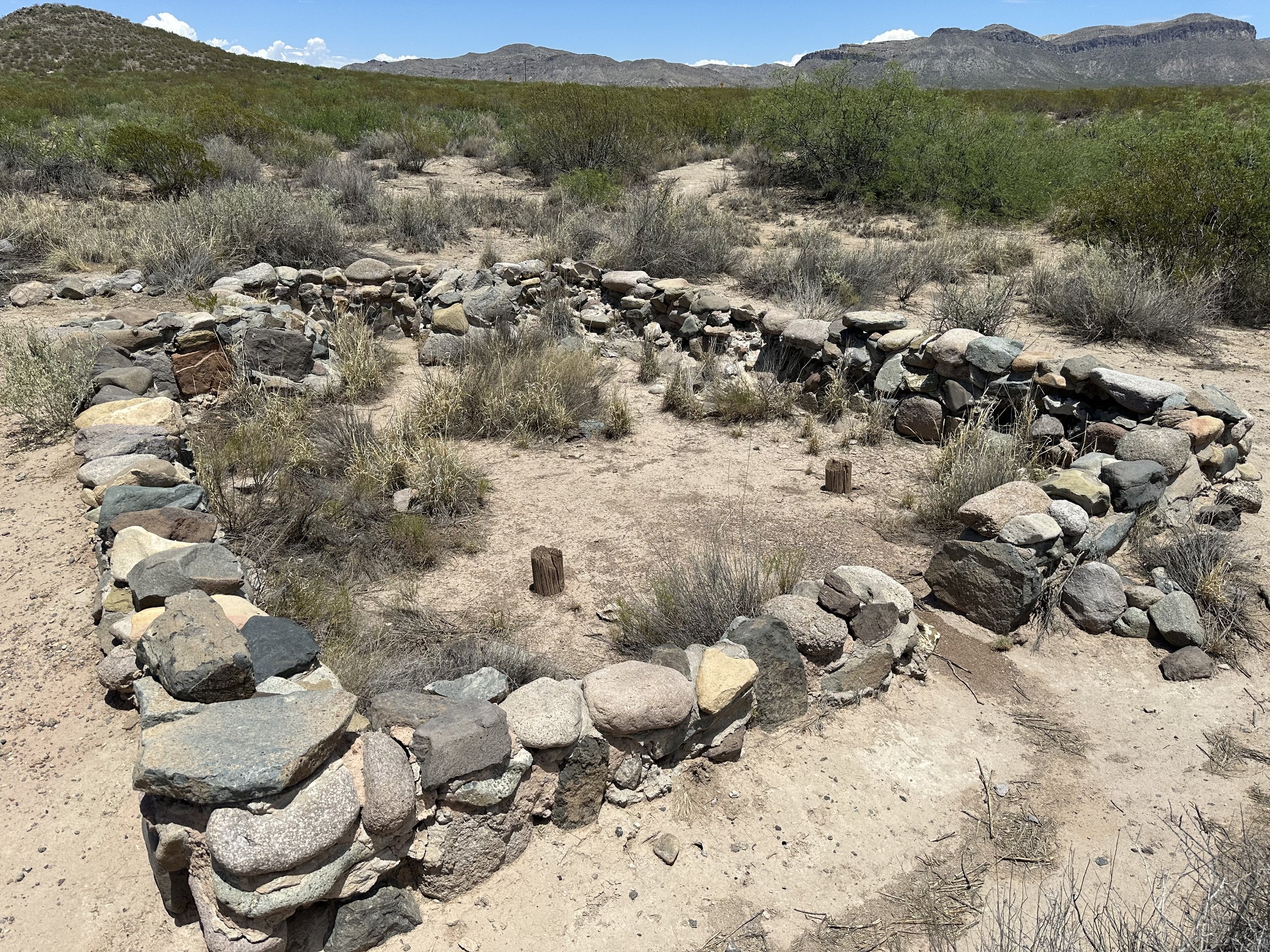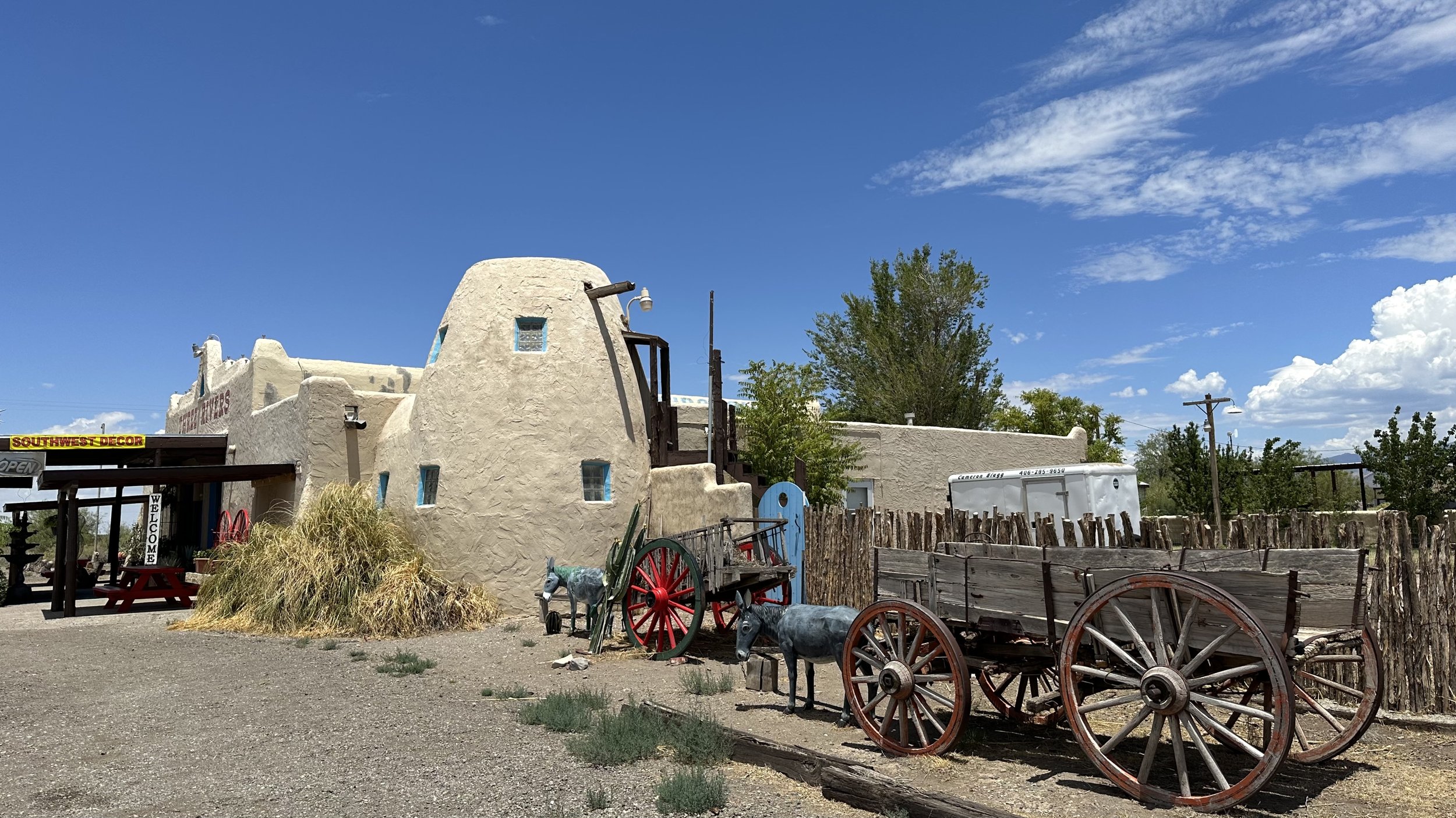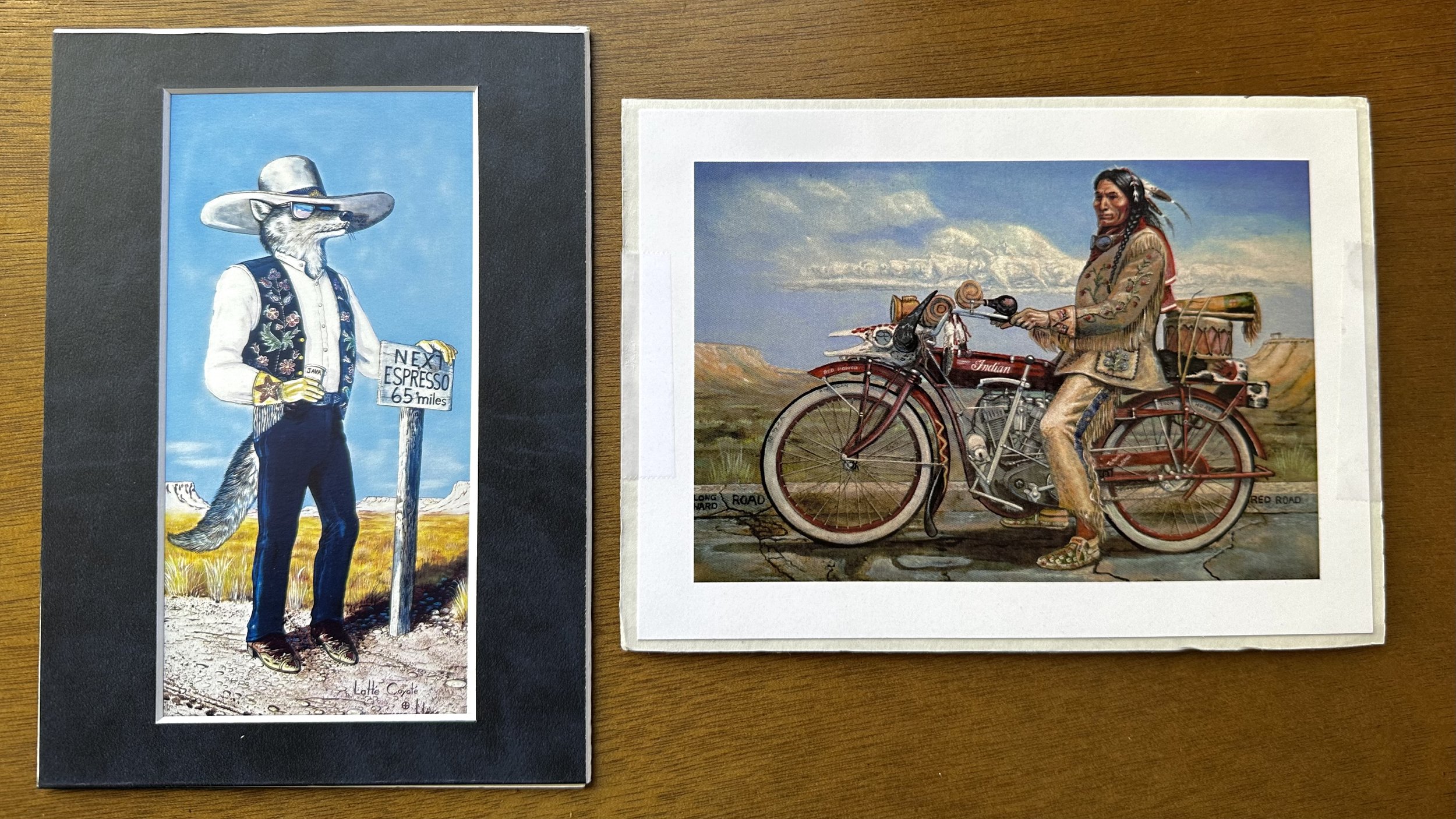
Three Rivers Petroglyph Site
The Three Rivers Petroglyph Site is one of the largest and most interesting Petroglyph concentrations in the entirety of the American Southwest and you can see many of them from a rugged and beautiful .5 mile trail. It sits a little east off of Highway 54 in the Tularosa Basin north of Alamogordo and the White Sands National Park and south of Valley of Fires & Carrizozo. At the site there are over 21,000 petroglyphs that were made from the time of the Ancient Ones up to the Jornada Mogollon between about 200-1400AD. The petroglyphs include Masks, Birds, Armadillos, Humans, Big Mammals like Big Horn Sheep, sunbursts, Clan symbols, arrows & shields, Lizards & Turtles, Bear prints, Rain, and even 6 toed Human prints!








At the site you can also hike the .5 mile Village Trail that takes you across the road to a partially excavated Mogollon Village and Ancient One Pit House. There are also 5 tent sites and 2 RV sites.
Here’s some of the information on the plaque that details the glyphs: Circles account for 10% of the glyphs and they’re believed to mean anything from a family clan count to Quetzalcoatl to corn. They could also represent shields, clan symbols, and the sun.
Mask glyphs are incredibly interesting because they could represent proto-Kachina motifs that were imported from Paquime in Mexico. Or they could have developed separately in Chaco.
Some of the mask glyphs have goggle eyed beings which is associated with the Mesoamerican Rain God Tlaloc.
Many of the glyphs incorporate natural rock features which makes them even more impressive.
Many of the animals depicted are uncharacteristically realistic for Southwestern Rock Art.
There are Mountain Lion, Bear, Roadrunner, Turkey tracks as well as many other animal prints imprinted by the artists onto the rocks as glyphs.




From the site you can see the San Andres Mountains to the west and below them you can just make out the white line that is White Sands National Park. To the east is the dominating and beautiful Sacramento Mountains with Sierra Blanca clearly visible. The Mogollon were closely associated with both Chaco and Paquime and had many cultural tendencies and artifacts of both. Most of the Mogollon would eventually abandon the area for Mexico before the Apaches and other nomadic tribes would move in.










At the intersection of 54 and Three Rivers Road is the Three Rivers Trading Post and you should absolutely stop by. Not only do they have ice, snacks, and souvenirs, but the owner, Cameron Blagg is a fun artist and his prints are for sale there.


